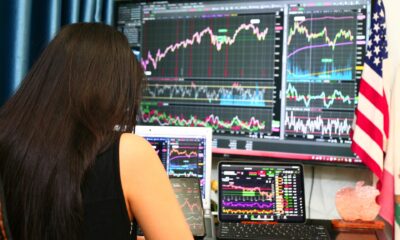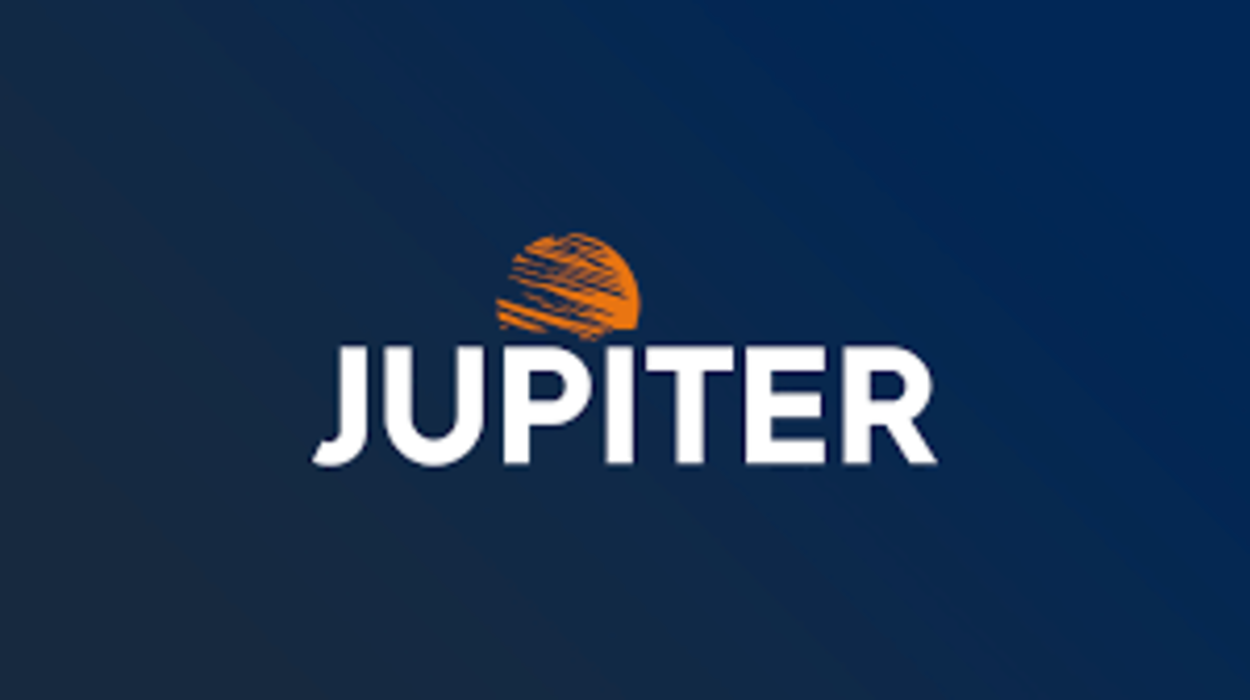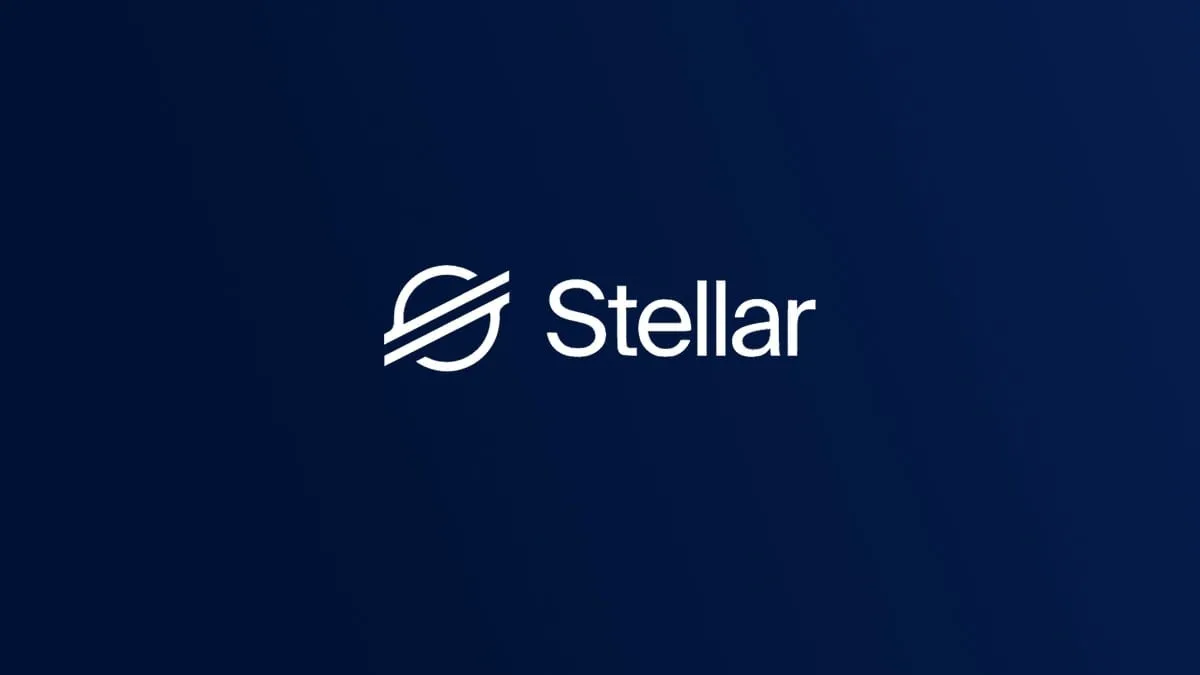En undersökning från BlackRock Survey visar att de så kallade Baby Boomers saknas i ETF-revolutionen. Boomers är personer som befinner sig i åldern 52 till och med 70, personer som borde ha den högsta investeringskapaciteten. BlackRocks undersökning visar emellertid att det ligger långt efter barn och föräldrar när det gäller att använda börshandlade fonder (ETF).
BlackRock ETF Pulse Survey fann att endast 27 procent av Boomers investerade i ETFer, jämfört med 42 procent av Millennials (21-35) och 37 procent av Silvers (71+). Boomers som kom in på börsen under en av de starkaste tjurmarknaderna genom tiderna ägnar sig till stor del fortfarande åt en stock picking mentalitet. säger Martin Small, chef för amerikanska iShares på BlackRock. ”De kanske inte inser att ETF: er är lika lätta att handla som aktier och tillgängliga i nästan alla marknadssegment. Som ett resultat kan många förtidspensionärer och investerare i sina tidiga pensionsår förbise ETF-revolutionen
Deras barn och föräldrar köper däremot ETFer i rekordomfattning
Deras barn och föräldrar köper dock ETFs i rekordomfattning. Millennials stod för det största ägandet, med 42 procent jämfört med 33 procent förra året. Silvers hade också en stark uppgång i ETF-ägandet, de visar en nästan fördubbling till 37 procent jämfört med 22 procent förra året. Användningen bland kvinnor ökade till 30 procent från 23 procent.
Undersökningen avslöjar också fortsatt rekordanvändande av ETF: er som helhet. I USA använder sig en av tre investerare av börshandlade fonder. Detta skall jämföras med en av fyra vid samma tillfälle förra året. Antalet investerare som bestämt sig för att köpa ETFer nästa år steg till 62 procent, från 52 procent förra året. Millennials och Gen Xs (36-51 år) som ledde vägen (85 respektive 64 procent).
Bland dem som redan äger börshandlade fonder planerar 88 procent att fortsätta eller öka användningen av ETFer, bland annat på grund av lägre kostnader och nya sätt att hantera portföljutmaningar.
När investerarna blir bekanta med ETFer hittar de nya marknader
När fler investerare blir bekanta med ETF, hittar investerare nya sätt att komma åt marknader, exponeringar på marknaden och bygga effektivare portföljer med ETF.
Investerarna har utvecklats från ”vad är en ETF?” till ”hur använder jag dem för att uppfylla mina investeringsmål?” Det är ett enormt skifte från några år sedan och en återspegling av ökad medvetenhet och de innovativa ETFerna kommer på marknaden säger Smalls. ”iShares kan idag indexera exponeringar med högre kvalitet och precision som vi bara kunde drömma om för bara tio år sedan.”
Kostnaderna är fortfarande något som har stor betydelse för för investerare, och det driver fler ETF till kärnan i portföljer. Andra framträdande användningsområden inkluderar diversifiering, internationella marknader och branschexponeringar.
ETF-investerare tänker också på lång sikt. En tredjedel av investerarna planerar att öka användningen av börshandlade fonder för långsiktig investering, med en genomsnittlig innehavstid på upp till nästan sex år, från fem förra året. Endast 5 procent av investerarna säger att de skall äga sin ETF i mindre än ett år.
Aktiv versus passiv
Den ”aktiva versus passiva” debatten är fortfarande ett hett ämne för investerare, men de flesta ser inte ETFer som antingen eller. Majoriteten (65 procent) ser en blandning av ETF och traditionella aktiefonder som det bästa sättet att bygga en portfölj. Bara 10 procent tror att det inte finns något behov av att äga fonder om du har ETF. En fjärdedel är bekväma med bara äga fonder.
Intressant, medan de flesta investerare vill slå på marknaden hellre än att bara spåra den (35 procent till 26 procent) erkänner de att stock picking är svårt och endast 1 av 4 tror att de med framgång kan välja aktiva fonder som kan överträffa det bredare aktieindexen.
”Det hela aktiva passiva argumentet är utdaterad” säger Small. ”Idag har investerare ETF och traditionella aktiefonder, och de kan båda användas tillsammans. Det finns många ETFer som replikerar strategier som används av aktiva fonder och många aktiva fonder som följer index. Allt till allt är varje beslut aktivt, om det är var och när du ska investera, vilket instrument du ska använda eller hur mycket du är villig att betala för det mål du söker. Det finns ingen sådan sak som en passiv portfölj.”
Det finns fortfarande kunskapsbrister
Även när fler människor blir bekanta med börshandlade fonder finns det fortfarande luckor i kunskap om applikationens fulla bredd. Till exempel, medan hälften av investerarna använder enskilda aktier för att generera inkomster i form av utdelningar, använder endast en tredjedel ETFer för detta ändamål. Som ett resultat kan stock pickers oavsiktligt koncentrera risken i sina portföljer – om ett företag sänker utdelningen, till exempel eller aktiekursnedgången – jämfört med en mer diversifierad utdelningsbetalande ETF. Silvers är standouts, inte överraskande: nästan två tredjedelar säger att de använder ETF för att generera utdelningsinkomster.
Många investerare underutnyttjar av ETFer för att få många av de fördelar som fonderna ger, till exempel att minska den totala risken (49 procent använder fonder mot 35 procent för ETF) och förbättrar resultatet (42 procent använder fonder mot USA 33 procent för ETF). Bara 23 procent av investerarna känner till de börshandlade fondernas inneboende skatteeffektivitet, en tredjedel att ETFer kan användas för obligationsinvesteringar.
Fortfarande en liten del av investerarna som använder börshandlade fonder
Även med den explosiva tillväxten av ETFer i USA och runt om i världen är de fortfarande en relativt liten del av investerarna, säger Small. ”Vi tror att detta bara är början, eftersom fler människor söker effektiva och billiga sätt att bygga upp sina kärnportföljer, diversifiera internationellt, rikta nischmarknader och låta sina pengar arbeta.”
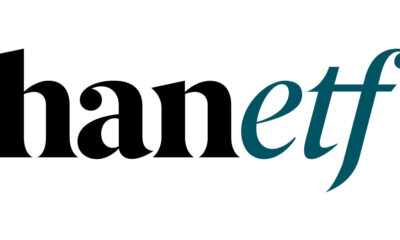
 Nyheter4 veckor sedan
Nyheter4 veckor sedan
 Nyheter4 veckor sedan
Nyheter4 veckor sedan
 Nyheter3 veckor sedan
Nyheter3 veckor sedan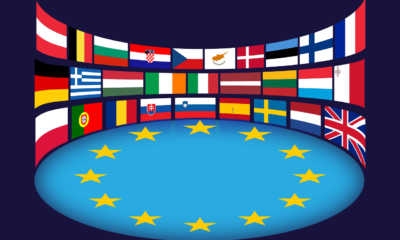
 Nyheter3 veckor sedan
Nyheter3 veckor sedan
 Nyheter3 veckor sedan
Nyheter3 veckor sedan
 Nyheter4 veckor sedan
Nyheter4 veckor sedan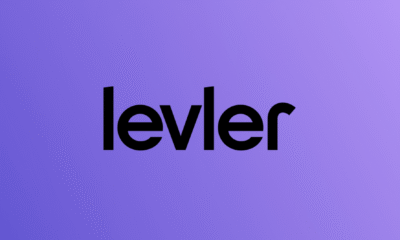
 Nyheter1 vecka sedan
Nyheter1 vecka sedan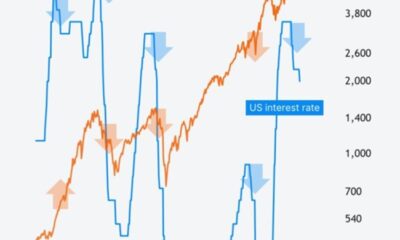
 Nyheter4 veckor sedan
Nyheter4 veckor sedan












